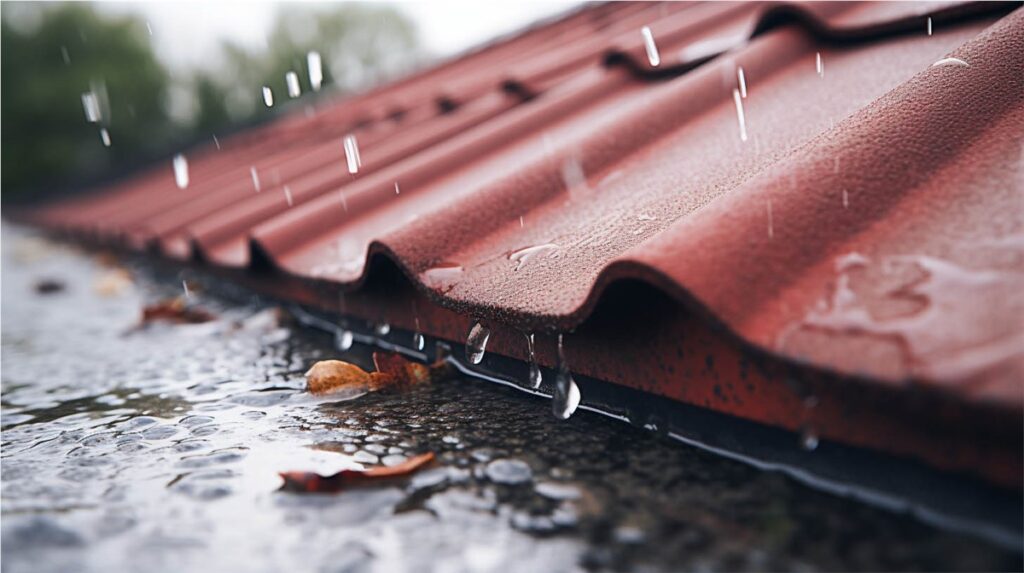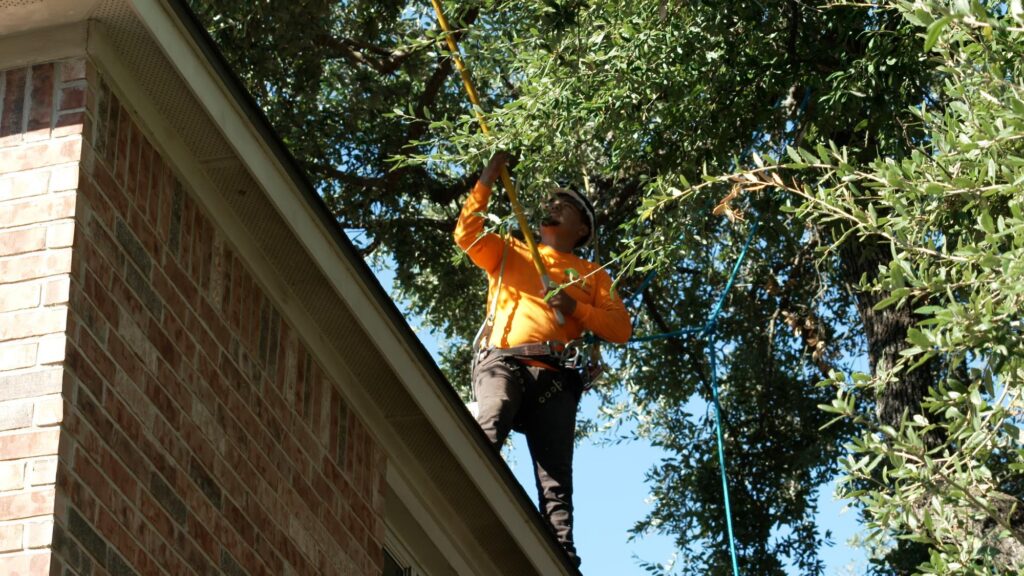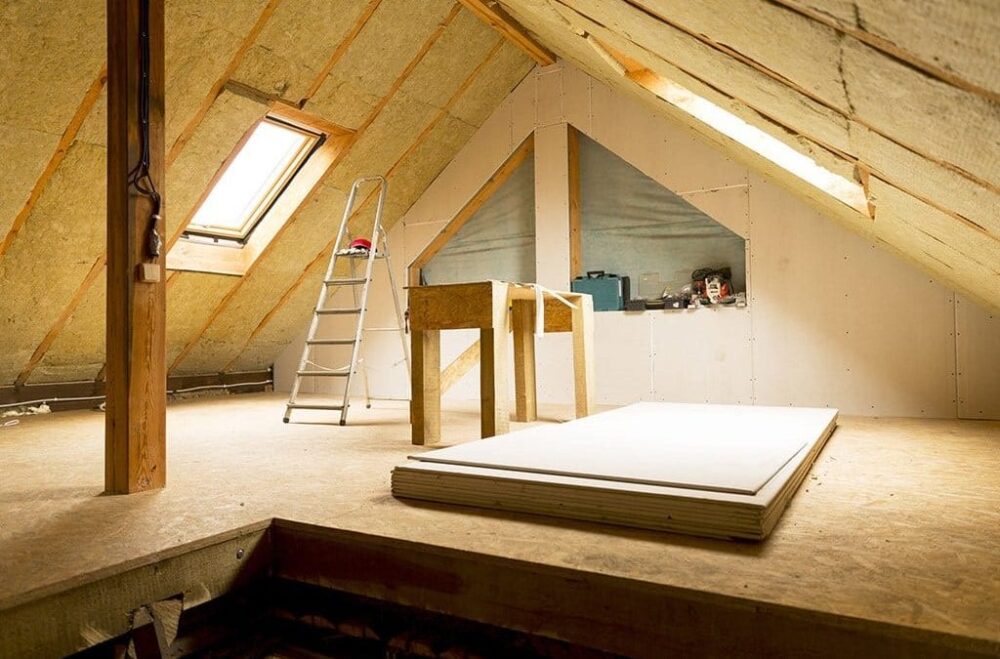Maintaining the longevity of your roof is crucial for protecting your home from the elements and avoiding costly repairs. A well-maintained roof ensures your house remains dry and secure and contributes to the overall energy efficiency and value of your property.
Regular maintenance is straightforward and involves several routine steps that any homeowner can implement. And the best way to secure it is by hiring proper assistance. If you are from Boston, check out roofers boston.
By following these simple tips and tricks, you can extend the life of your roof and ensure it continues to function effectively for many years.
1. Regular Roof Inspections
Conducting regular inspections is one of the most essential practices to maintain your roof’s longevity. Inspecting your roof at least twice a year—once in the spring and once in the fall—and after any severe weather events is recommended. These inspections can help you identify potential issues before they escalate into major problems.
Look for missing, damaged, or aging shingles, signs of water damage such as leaks or rust on flashing, and any debris that may have accumulated. During the inspection, also check the gutters and downspouts for blockages or damage, as these can lead to water pooling and roof damage over time.
If you are not comfortable doing the inspection yourself, consider hiring a professional roofing contractor who can provide a more thorough examination and offer expert advice on any needed repairs.
2. Addressing Leaks Promptly

Source: kvnconstruction.com
Ignoring leaks, even small ones, can lead to significant damage over time. Water infiltration can rot wood supports, create mold and mildew, and damage insulation, leading to higher energy costs and potential health risks.
When you notice a leak, it’s important to address it immediately. Start by identifying the source of the leak; this can be challenging, as water may travel from the point of entry to another location in your home.
Once identified, make temporary repairs such as applying roofing cement to cracked or missing shingles or replacing damaged flashing. For more significant issues, it’s advisable to contact a professional roofer who can make permanent repairs and ensure that there are no other potential leak sources.
Keeping your attic ventilation in good condition is also vital as it helps reduce moisture build-up that can lead to leaks.
3. Cleaning Gutters and Downspouts
Gutters and downspouts play a critical role in maintaining roof health by directing rainwater away from your home’s foundation. Clogged or damaged gutters can lead to water backing up under roof shingles, causing damage and reducing the lifespan of your roof.
To prevent these issues, clean your gutters at least twice a year and after major storms. Remove leaves, twigs, and other debris that can block water flow.
Check for signs of rust or damage, and ensure that gutters are securely attached to your house. Additionally, ensure that downspouts are directing water away from the foundation of your home to prevent water damage. Regular maintenance of gutters and downspouts is a relatively simple task that can prevent more severe problems with your roof and home structure over time.
4. Trimming Overhanging Branches

Source: goodguystreeservice.com
Tree branches that hang over your roof can pose several risks, particularly during strong winds or storms. Overhanging branches can scrape against roofing materials, removing protective layers and potentially leading to leaks.
Falling branches can cause significant damage to shingles or even puncture the roof. To protect your roof, regularly trim any branches that hang directly above it. This not only prevents physical damage but also reduces the accumulation of leaf debris on the roof, which can retain moisture and lead to mold and rot.
Additionally, trimming trees around your house can reduce the amount of shade on your roof, minimizing the growth of moss and algae, which can deteriorate roofing materials over time. Consider hiring a professional arborist to safely trim high or large branches that might be beyond safe reach.
5. Removing Moss and Algae
Moss and algae growth on your roof can trap moisture against the roof surface, leading to rot and deterioration of roofing materials. It’s important to address these growths promptly and effectively.
For removing moss, gently use a soft brush to scrape it off without damaging the shingles. For algae, which can leave dark streaks and stains, use a mixture of water and bleach or a commercially available cleaner designed for roofs.
Apply the solution and let it sit for a specified period before rinsing it off with low water pressure to avoid damaging the shingles. It’s crucial to wear protective gear and ensure your safety when working on the roof. Preventative measures include installing zinc or copper strips along the roof ridge; these metals release ions that inhibit moss and algae growth when it rains.
6. Maintaining Proper Attic Ventilation

Source: seengineers.com
Proper attic ventilation is crucial for extending the lifespan of your roof. Adequate ventilation prevents the buildup of heat and moisture in the attic, which can warp the roof decking and degrade the shingles.
During the winter, proper airflow prevents ice dams, which occur when heat from an improperly ventilated attic melts snow on the roof, causing water to refreeze at the eaves and lift shingles.
Ensure your attic has sufficient intake and exhaust vents to keep air circulating smoothly. Check these vents regularly to make sure they are not blocked by insulation, nests, or debris. It’s also beneficial to have a professional assess your attic’s ventilation system to ensure it meets your home’s specific needs and local building codes, optimizing roof performance and longevity.
Conclusion
Maintaining the longevity of your roof through regular upkeep is a practical investment that protects your home and enhances its value. Simple, consistent practices like inspecting your roof, addressing leaks, cleaning gutters, and ensuring proper attic ventilation can significantly extend the life of your roof.
Additionally, addressing moss and algae promptly and trimming overhanging branches can prevent structural damage. By implementing these maintenance tips, you safeguard your home against immediate threats and contribute to its long-term durability.
Remember, when in doubt, consulting with roofing professionals can provide peace of mind and further protect your valuable investment.











